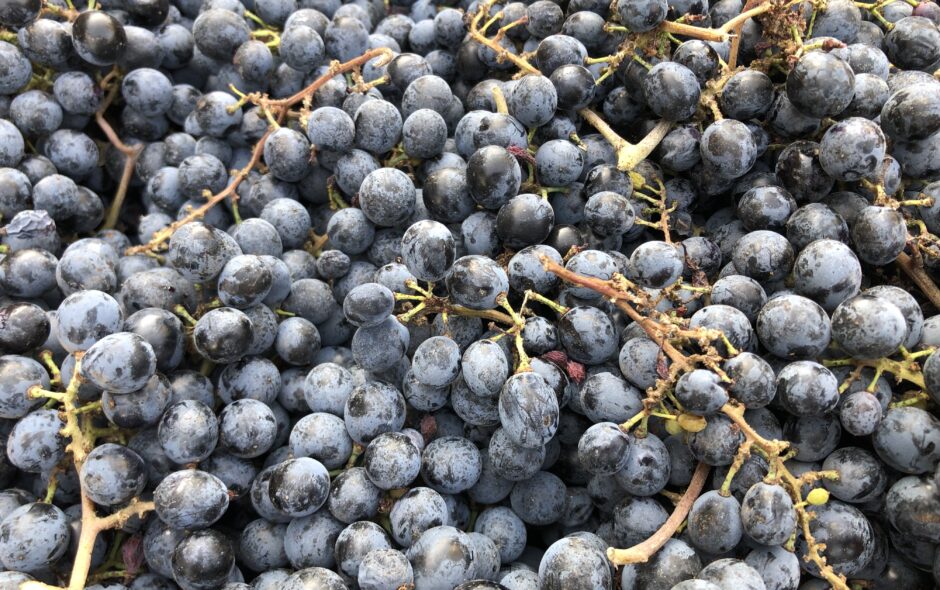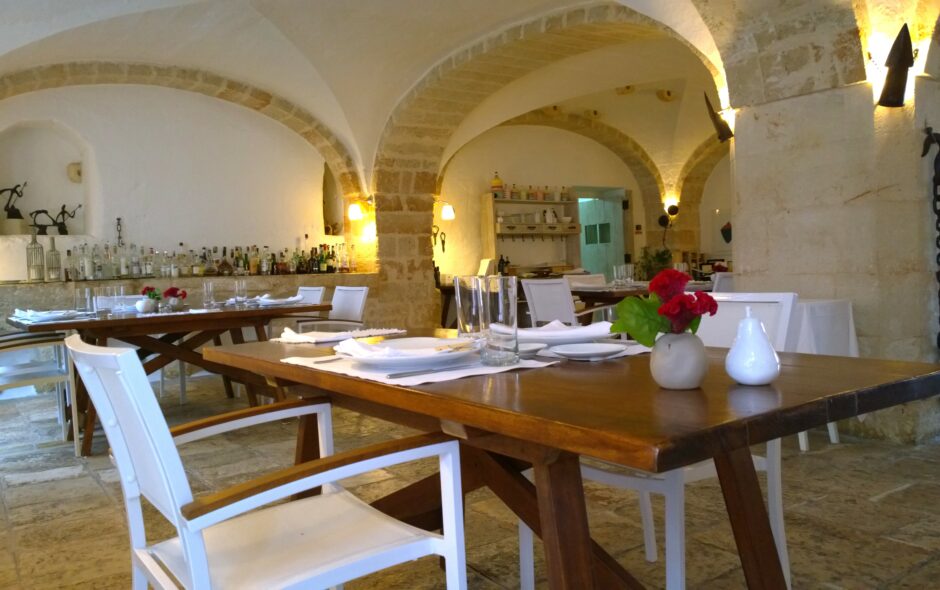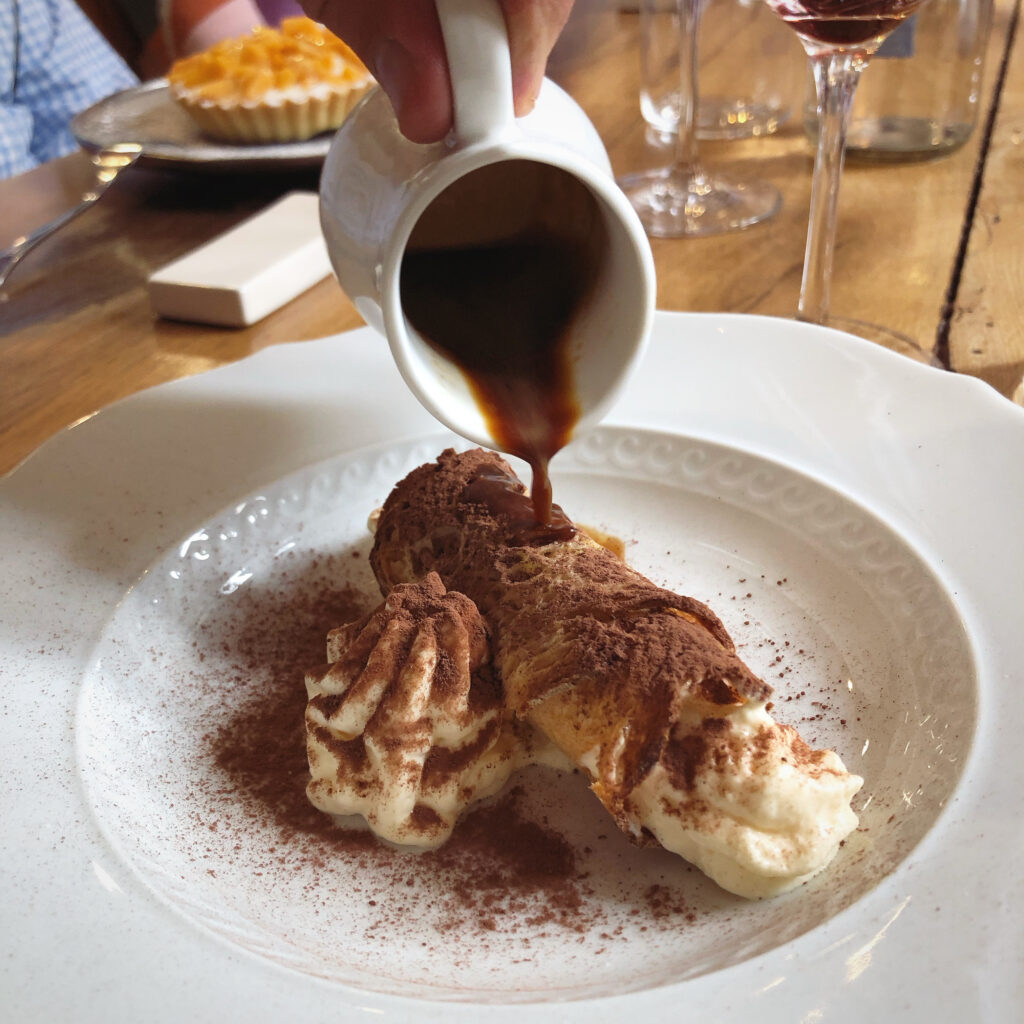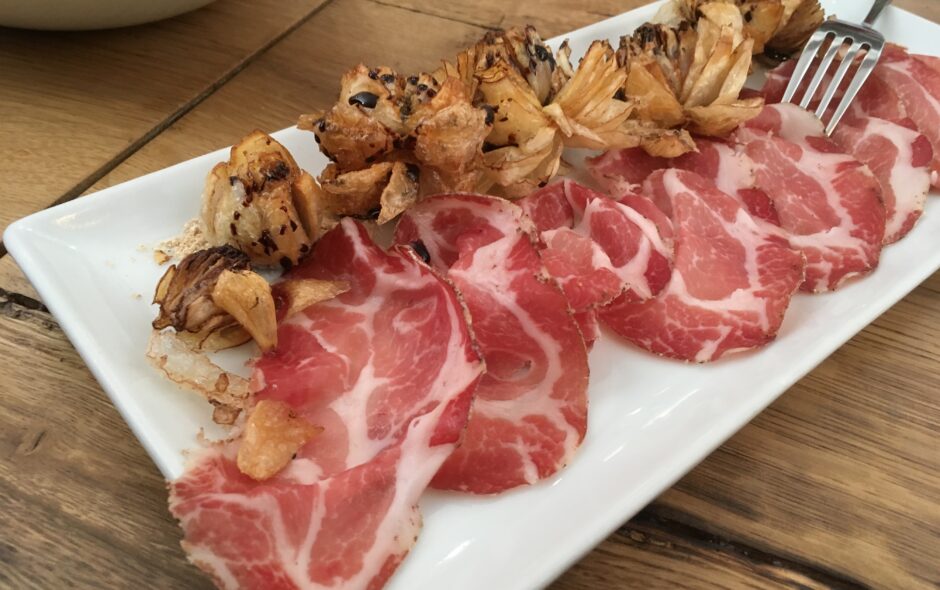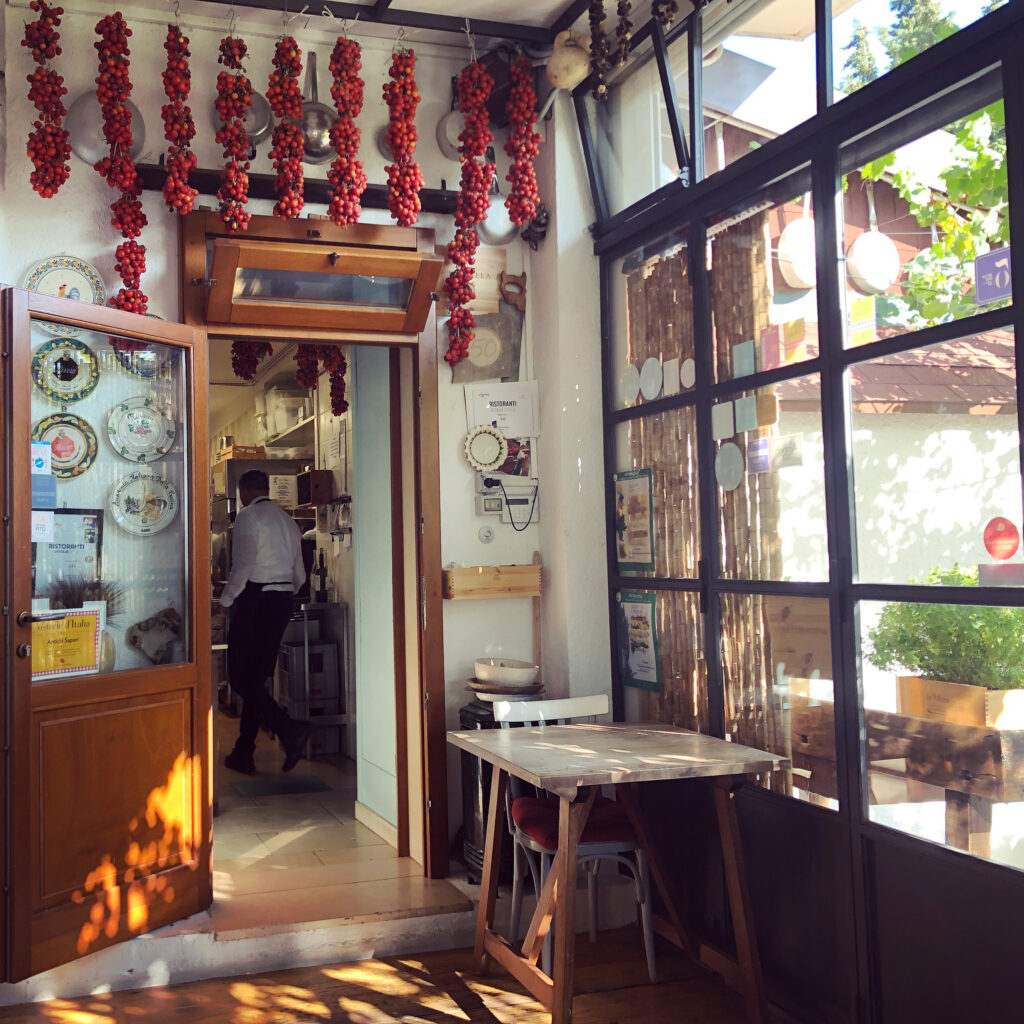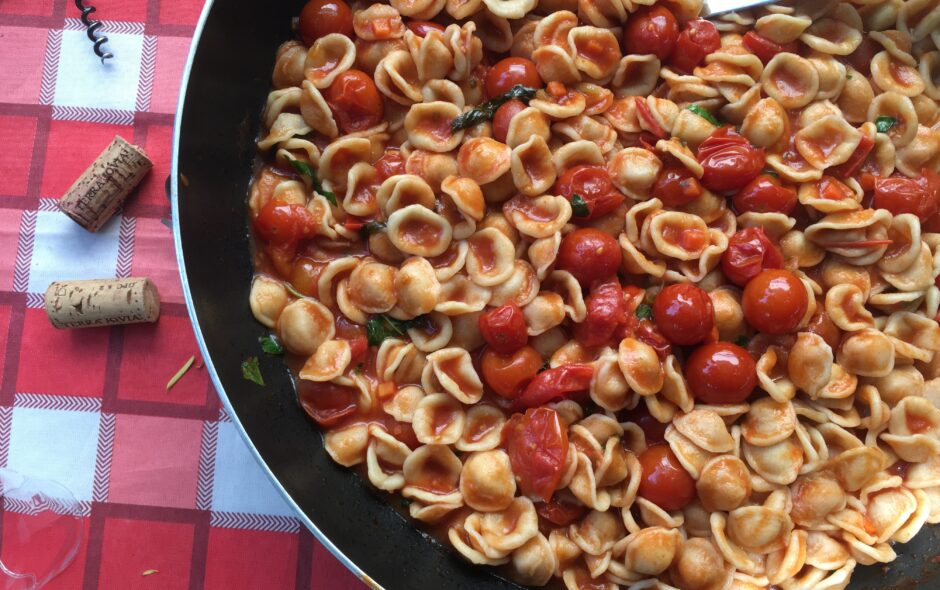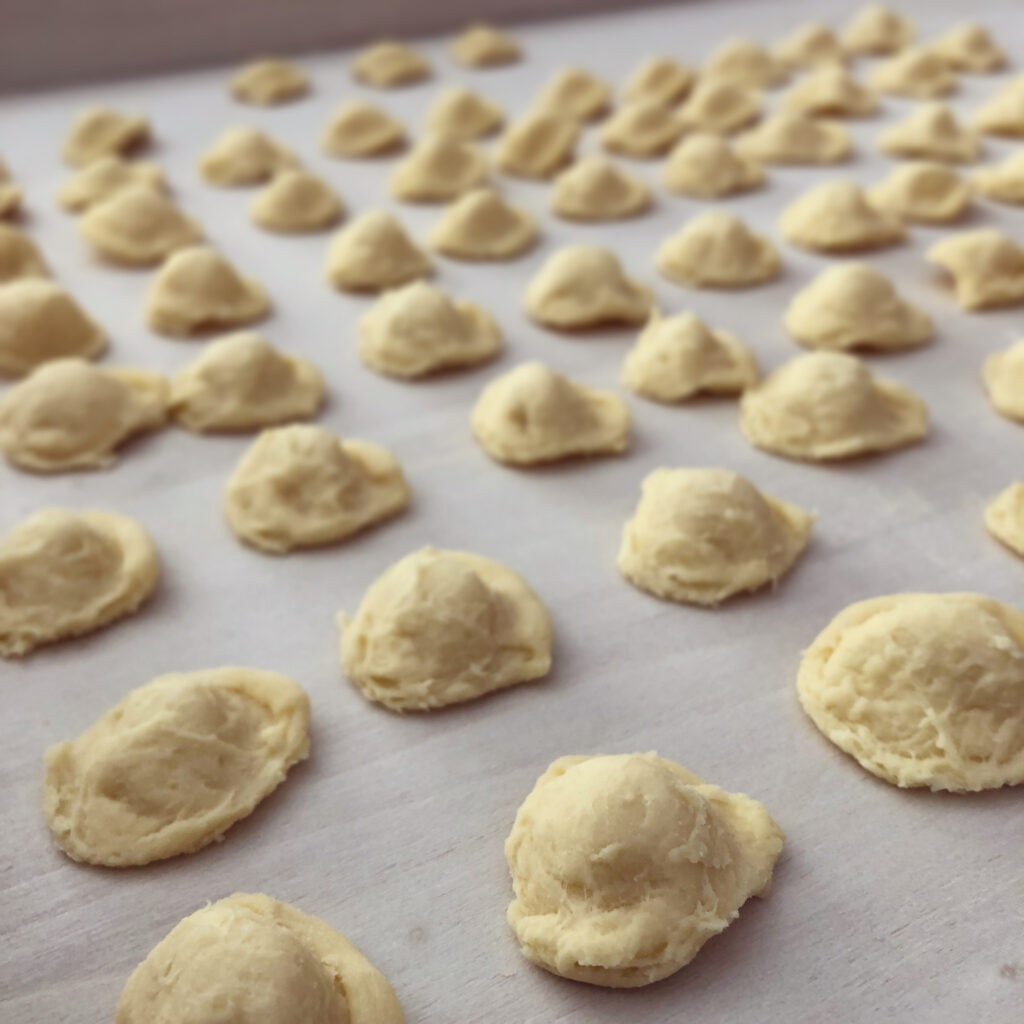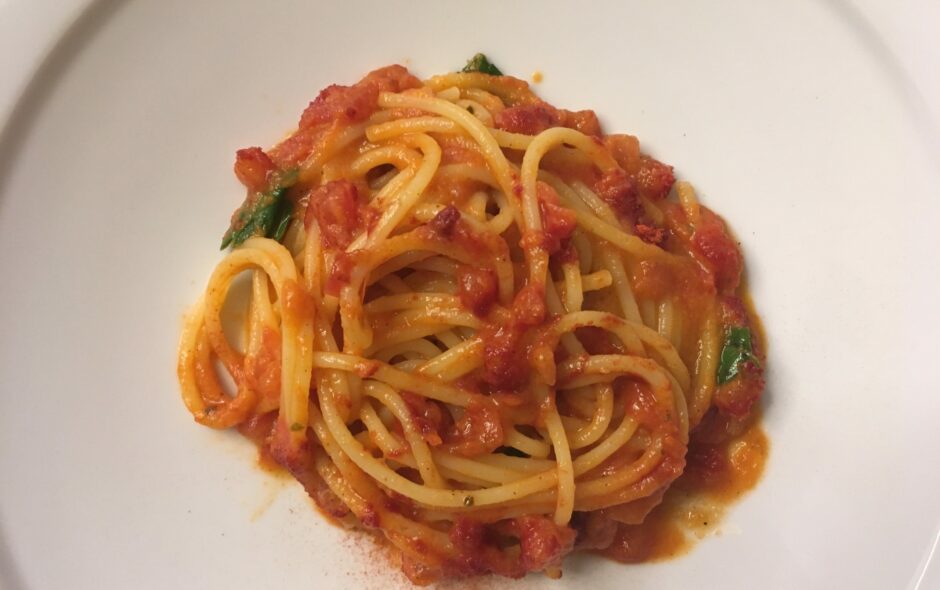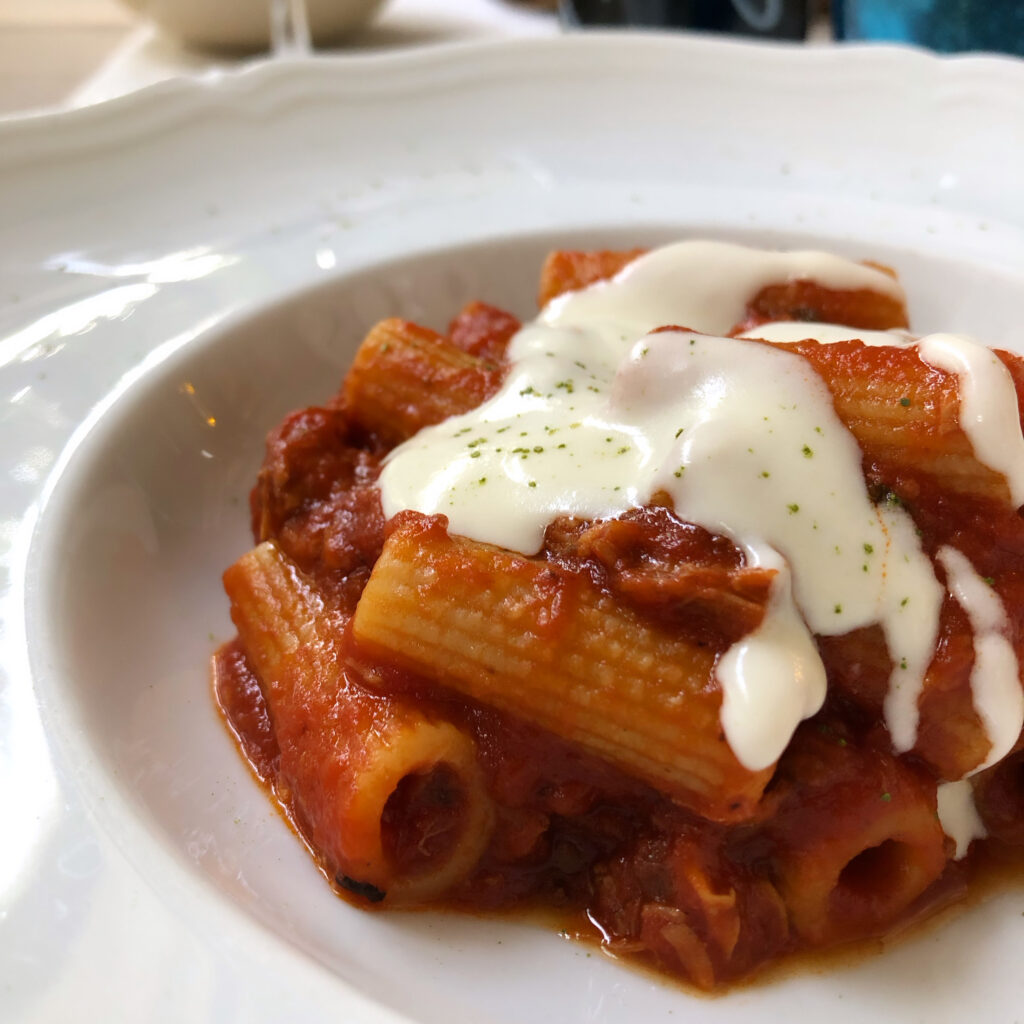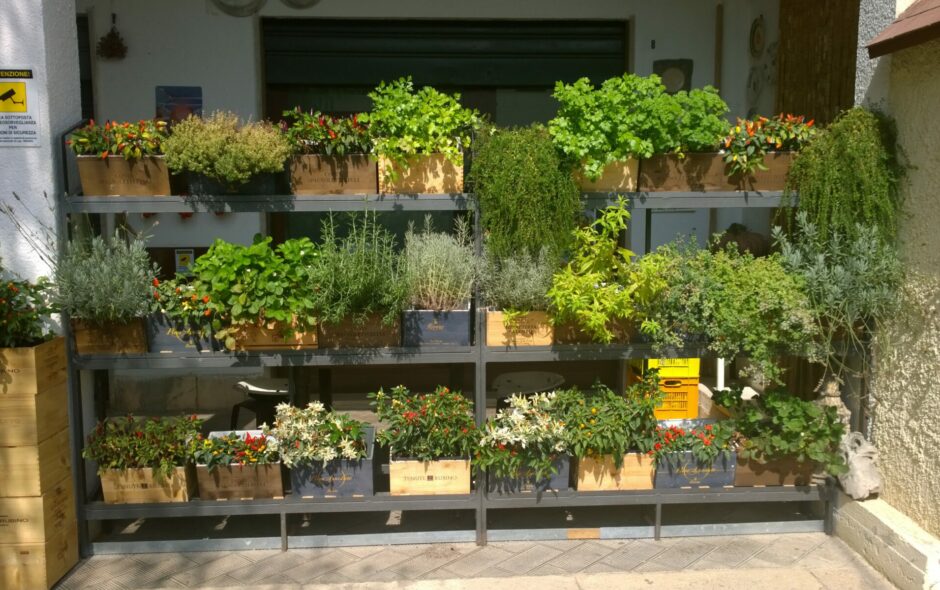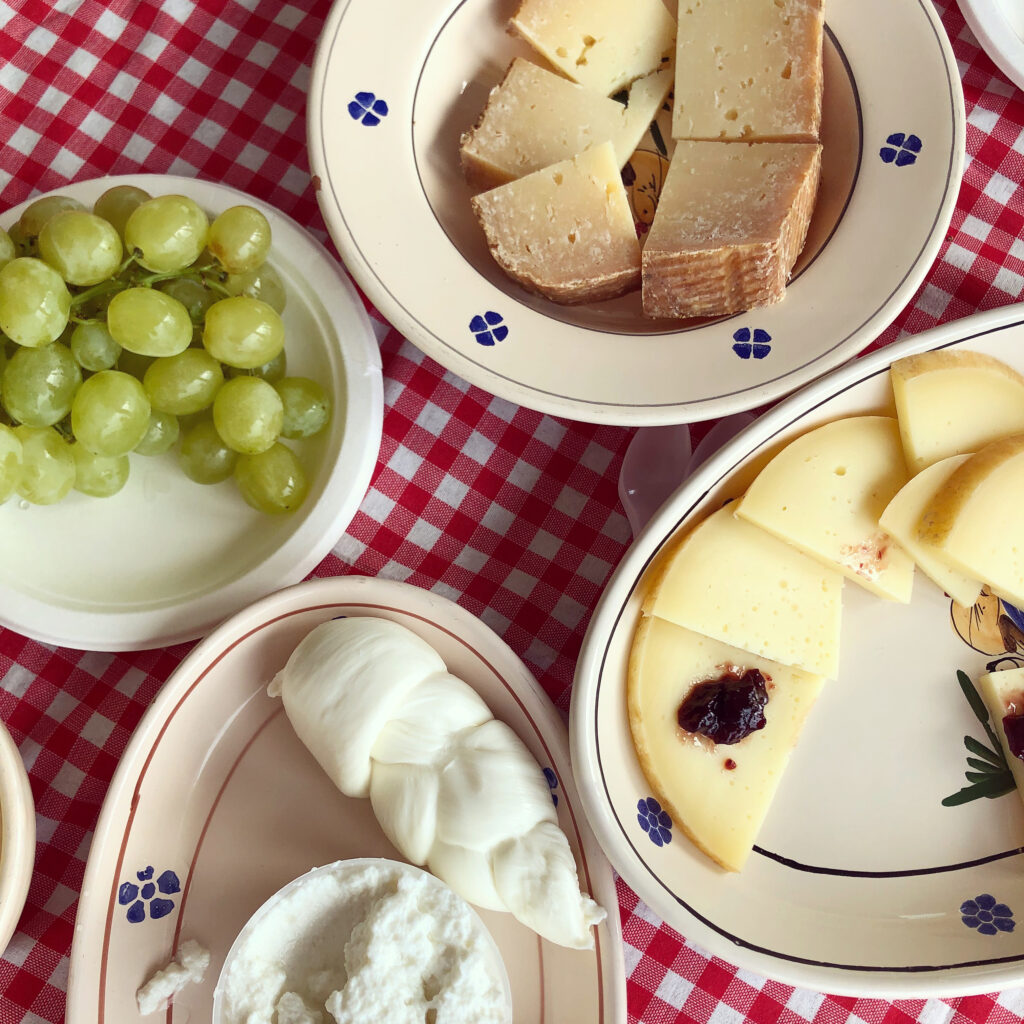The Apulian vineyard area is 87,000 hectares in total and guarantees a production of 4,900,000 hectoliters per year. Apulian red and rosé wines cover the majority of production (65%), while white wines only account for 35%.
One of the strong points of Puglia wines is the climate. In this region the sun shines and is present not only in the summer period but throughout the year. This means that the soil, as well as the fruit trees, can benefit from it, giving rise to juicy and very tasty products. The white and red grapes of Puglia, in fact, are known for being intense in color and very persistent in the mouth. Hence until the early 1990s, they primarily use them as a base for other less full-bodied national wines that needed greater intensity.
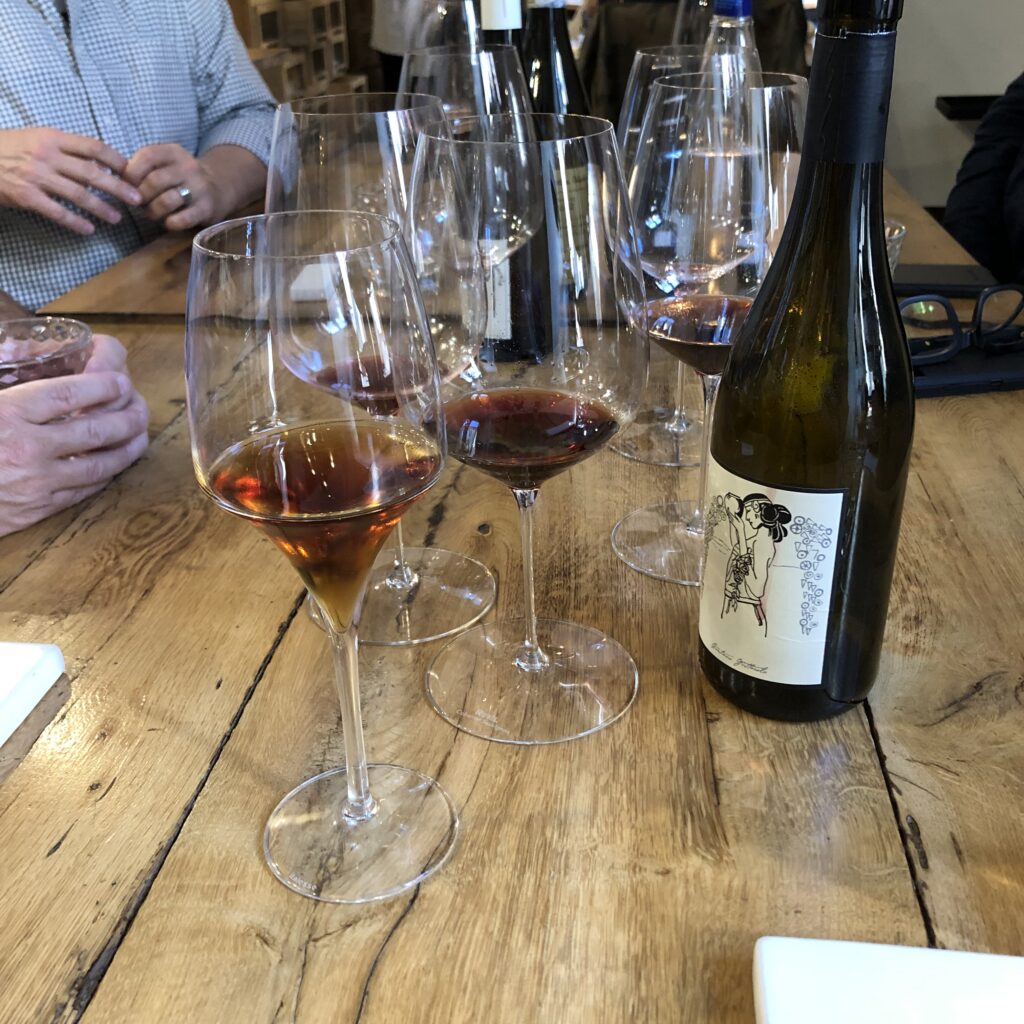
The native varieties still present in Puglia today such as Nero di Troia ( or Troy the mythological city ) and Negroamaro, trace the presence of the vine in Puglia already during the Greek colonization, in the 8th century BC. It was the Greeks themselves who also imported the cultivation method defined as “alberello” ( bush vine ), which is still widespread today throughout the regional territory. The real value of Apulian wine was highlighted around 1990, when the producers of Apulian wines realized the potential of their wines.
Among the most appreciated Apulian wines there is certainly Primitivo. With an orange-purple color, it is persistent on the palate and very consistent. Negroamaro, a more typical grape of Southern Puglia, is intense color, with violet reflections. It recalls aromas of ripe fruit such as plum, black cherry and cherry. Not to forget the characteristic Aleatico, a DOC red wine, more velvety than the previous two wines but much appreciated.
Join our tour and you’ll have a taste of delicious local wines and you’ll visit family-run wineries and more.

